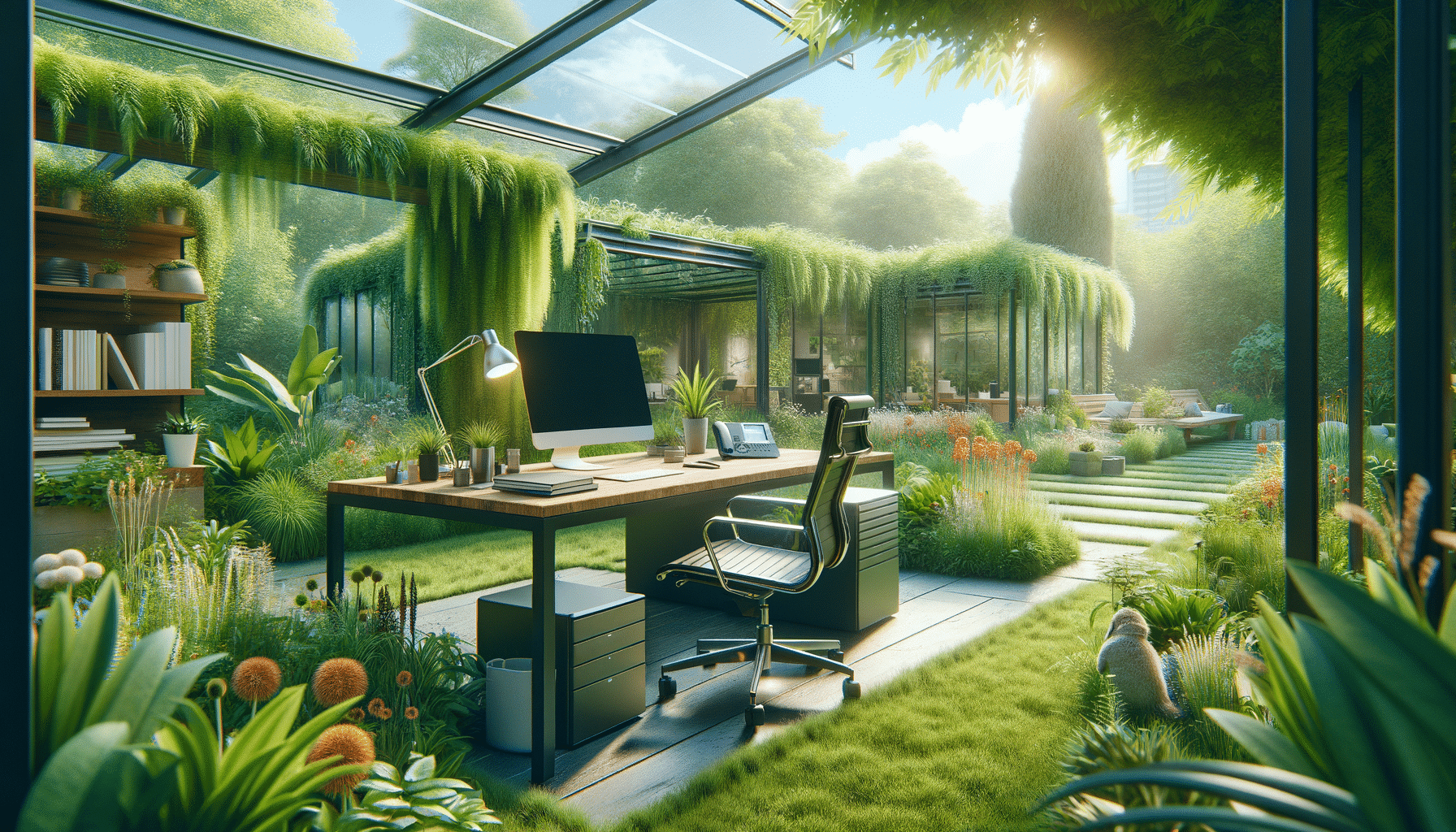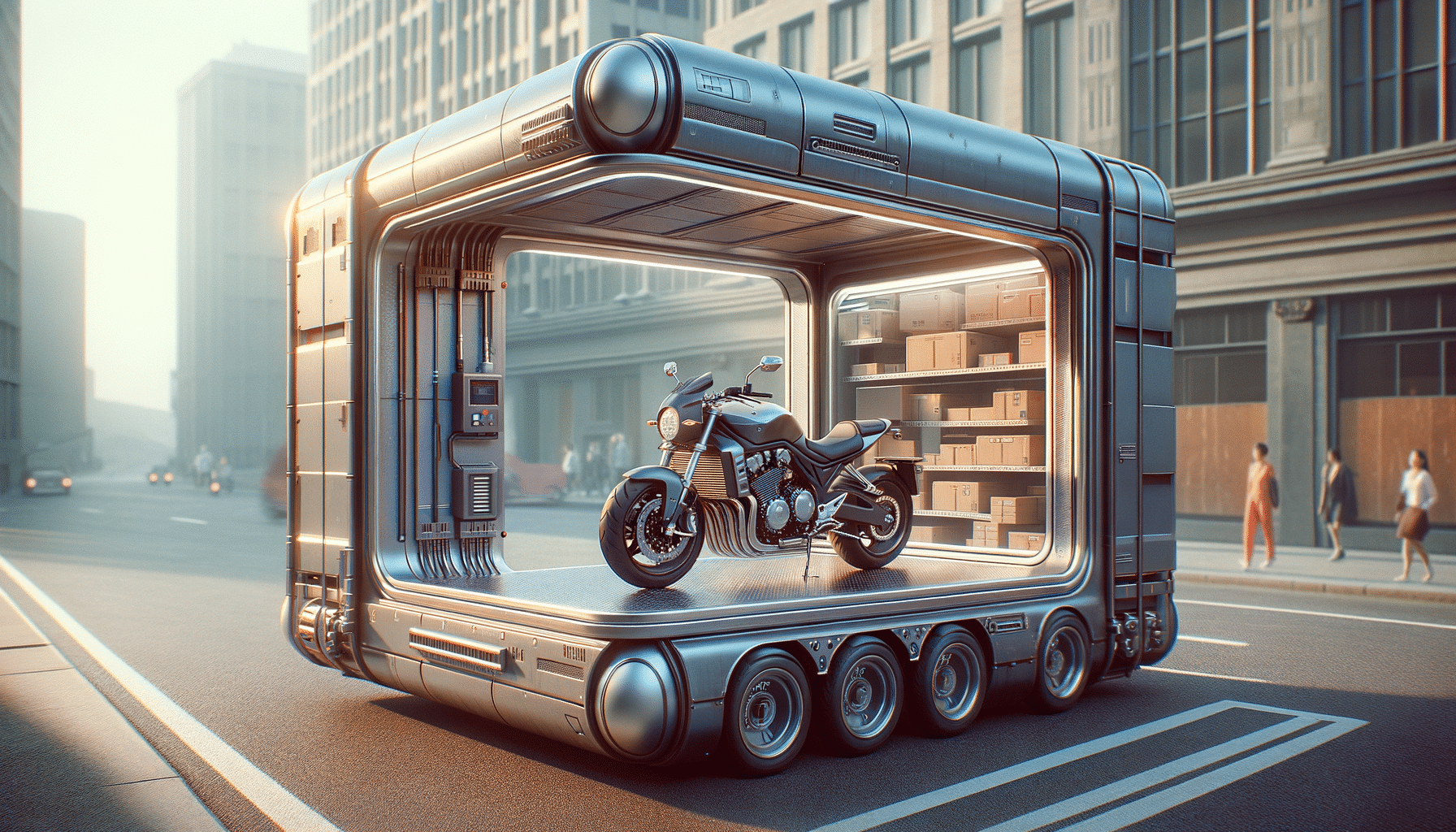
Navigating Through the World of Security Gates: An Informative Guide
Understanding the Purpose of Entry Gates
Entry gates serve as the first line of defense for any property, whether residential or commercial. They are not just physical barriers; they symbolize security and privacy. The importance of an entry gate extends beyond mere protection. It is a statement of style and status, reflecting the owner’s taste and the architectural aesthetics of the property. Entry gates can be customized with various materials, designs, and technologies to enhance both security and curb appeal. From wrought iron to modern steel, the choices are vast and cater to diverse preferences.
Entry gates are crucial for several reasons:
- Security: They prevent unauthorized access and deter potential intruders.
- Privacy: They create a boundary that keeps prying eyes at bay.
- Aesthetics: A well-designed gate can significantly enhance the visual appeal of a property.
- Property Value: A sturdy and visually pleasing gate can increase the market value of a property.
In essence, entry gates are an integral part of a property’s security system and its visual identity. They provide peace of mind by ensuring that the premises are secure while also serving as a welcoming feature for guests.
Types of Entry Gates and Their Features
There are various types of entry gates available, each offering unique features and benefits. Choosing the right type depends on factors such as security needs, design preferences, and budget. Some common types include:
- Sliding Gates: Ideal for properties with limited space, these gates slide horizontally along a track, offering a sleek and modern appearance.
- Swing Gates: These gates open inwards or outwards like a door. They are traditional and provide a grand entrance.
- Bi-folding Gates: Perfect for properties with space constraints, these gates fold inwards, offering a compact solution.
- Automatic Gates: Equipped with motorized systems, these gates offer convenience and enhanced security.
Each type of gate can be customized with additional features such as intercom systems, security cameras, and remote controls. The choice of material also plays a significant role in determining the gate’s durability and maintenance requirements. Common materials include wood, aluminum, steel, and wrought iron, each offering different levels of security and aesthetic appeal.
Technological Advancements in Entry Gates
With technological advancements, entry gates have evolved from simple barriers to sophisticated security systems. Modern gates are equipped with smart technology that enhances security and convenience. Some of the latest innovations include:
- Smart Locks: These allow for keyless entry using smartphones or biometric systems, providing enhanced security.
- Remote Access: Gates can be operated remotely via mobile apps, allowing homeowners to grant access even when they are not on the premises.
- Security Cameras: Integrated cameras provide real-time surveillance, enhancing the security of the property.
- Intercom Systems: These systems allow for communication with visitors before granting access, adding an extra layer of security.
These technological advancements not only improve security but also offer convenience and peace of mind to property owners. As technology continues to evolve, entry gates are likely to become even more sophisticated, integrating with other smart home systems for a seamless security experience.
Design Considerations for Entry Gates
When designing an entry gate, several factors need to be considered to ensure it meets both functional and aesthetic requirements. The design should complement the architectural style of the property while also fulfilling security needs. Key design considerations include:
- Material: The choice of material affects the gate’s durability, maintenance, and appearance. Options include wood, steel, aluminum, and wrought iron, each offering unique benefits.
- Style: The style of the gate should reflect the property’s overall aesthetic. Options range from traditional to contemporary designs.
- Size: The size of the gate should be proportionate to the property’s entrance and should accommodate vehicles and pedestrians comfortably.
- Color: The color should complement the property’s exterior and landscape, enhancing its visual appeal.
Incorporating these design elements ensures that the entry gate not only provides security but also adds to the property’s charm and character. A well-designed gate can make a lasting impression on visitors and passersby.
Maintenance and Longevity of Entry Gates
To ensure the longevity and functionality of entry gates, regular maintenance is essential. Different materials require varying levels of care, and understanding these needs can prevent premature wear and tear. Maintenance tips include:
- Regular Cleaning: Remove dirt and debris to prevent rust and corrosion, especially for metal gates.
- Lubrication: Ensure that hinges and moving parts are lubricated to prevent squeaking and ensure smooth operation.
- Inspection: Regularly inspect the gate for signs of damage or wear, such as cracks or rust, and address these issues promptly.
- Paint and Coating: For wooden gates, regular painting or sealing can protect against weather damage, while metal gates may require anti-rust coatings.
By adhering to these maintenance practices, property owners can extend the lifespan of their entry gates, ensuring they remain functional and visually appealing for years to come. Proper care not only preserves the gate’s appearance but also maintains its security features, providing continued peace of mind.

